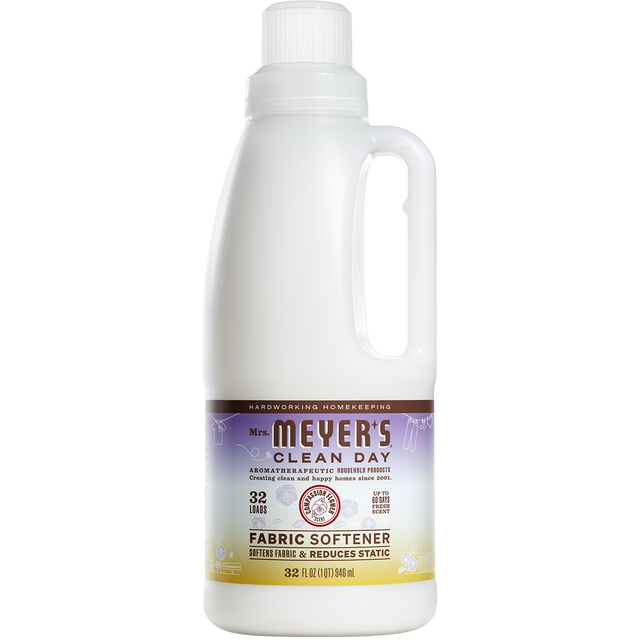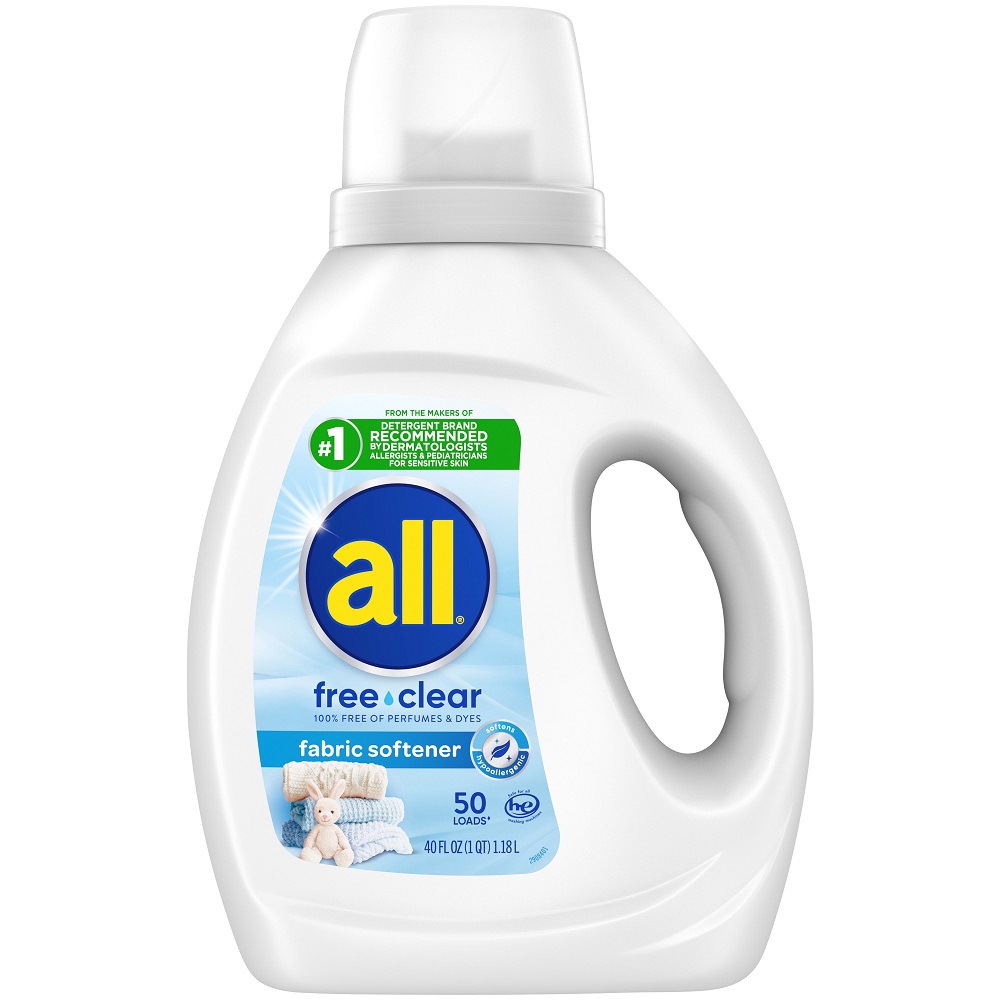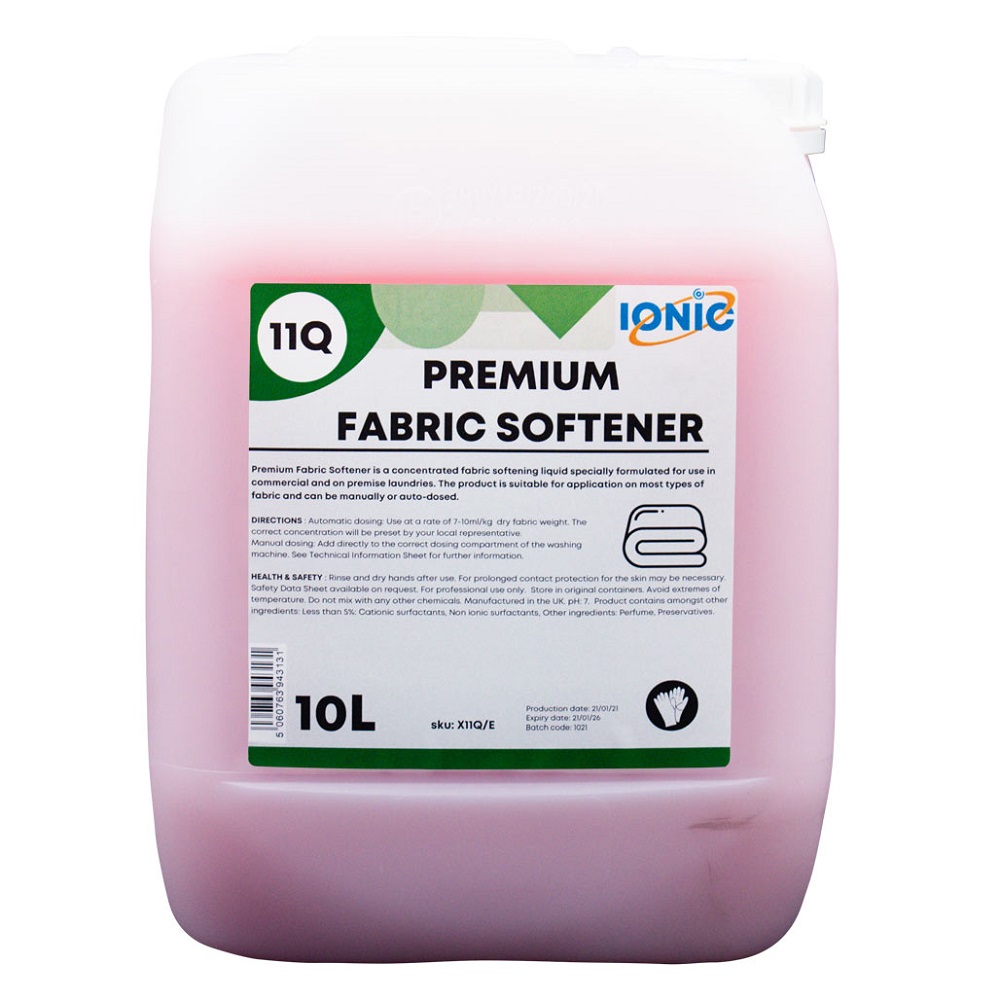Fabric softener is a household staple for many people. It helps to make laundry feel softer and smell better. In this guide, we will explore how to use fabric softener effectively. We will break down the process into easy steps. This way, you can enjoy all the benefits of fabric softener with ease.
Understanding Fabric Softener
Before using fabric softener, it is important to understand what it is and how it works. Fabric softeners are formulated to coat the fibers of your clothing. This coating reduces friction between the fibers. As a result, your clothes feel softer and smoother. Additionally, fabric softeners help to reduce static cling. They also make ironing easier.
Fabric softeners come in different forms. The most common types are liquid and dryer sheets. Liquid softener is added during the rinse cycle of your wash. Dryer sheets are placed in the dryer with your clothes. Both types offer softness and static reduction, but they work differently.
The Benefits of Fabric Softener
Using fabric softener has many benefits. One of the main advantages is that it makes your clothes feel softer. This is especially important for items that you wear directly against your skin, like t-shirts and pajamas. Softer fabric adds to the overall comfort of your clothing.
Another benefit of fabric softener is improved fragrance. Many fabric softeners come in various scents. These scents can last for weeks, leaving your laundry smelling fresh. A pleasant smell can also affect your mood positively. It’s a simple pleasure that contributes to a happier day.
Fabric softeners also have functional benefits. They help to reduce wrinkles, making clothes easier to iron. They can also reduce static cling, so clothes do not stick to each other. This is especially helpful during the winter months when static can be a problem.
How to Use Liquid Fabric Softener
Using liquid fabric softener is simple. Start by checking your washing machine’s instructions. Most machines have a designated compartment for fabric softener. You can usually find it labeled in the detergent drawer.
Step-by-Step Instructions
- Measure the Right Amount: Look at the label on the fabric softener bottle. It will provide guidelines on how much to use. Most machines require two to three capfuls for a standard load.
- Add It to the Rinse Cycle: Pour the measured fabric softener into the designated compartment. It is crucial to add it during the rinse cycle. Adding it too early can wash it away.
- Select Your Cycle: After adding the softener, close the washing machine lid and select your wash cycle. The machine will automatically dispense the softener during the rinse phase.
- Wait for the Cycle to Finish: Once the cycle is complete, take your clothes out. They should feel soft and smell fresh.
Tips for Using Liquid Fabric Softener
- Don’t Overuse: Using too much fabric softener can leave a residue on your clothing. This might make them feel greasy instead of soft. Always stick to the recommended amount.
- Check the Labels: Some fabrics do not require softeners. Athletic wear and towels, for instance, might lose absorbency. Check the care label before applying fabric softener.
- Use Distilled Water: If your water is hard, consider diluting the fabric softener with distilled water. This can help in evenly distributing the product throughout your laundry.
How to Use Dryer Sheets
Dryer sheets are a convenient alternative to liquid fabric softeners. They are easy to use and require no special compartments. Instead, they go directly into the dryer with your wet clothes.
Step-by-Step Instructions
- Choose the Right Dryer Sheet: Different brands offer various scents and formulations. Choose one that suits your needs.
- Load the Dryer: Place your damp clothes into the dryer as you normally would.
- Add the Dryer Sheet: Toss a dryer sheet into the dryer with your clothes. You can use one sheet for light loads and two for larger or heavier loads.
- Set Your Drying Cycle: Close the dryer door and set the drying cycle. Choose the appropriate setting based on the type of fabrics you are drying.
- Remove Clothes Once Finished: Once the cycle is complete, take your clothes out. They should feel soft and free from static.
Tips for Using Dryer Sheets
- Don’t Overload the Dryer: Overloading can prevent even distribution of the dryer sheet. This can result in uneven softness. It is better to do smaller loads.
- Recycling Sheets: Many dryer sheets can be reused for multiple loads. Check the package for instructions on how many uses you can get from a single sheet.
- Store Properly: Keep your dryer sheets in a cool, dry place. This helps to maintain their effectiveness and fragrance.
Choosing the Right Fabric Softener
There are many different types of fabric softeners on the market. It’s essential to choose the right one for your needs. Consider factors such as scent, form (liquid vs. sheets), and hypoallergenic options.
Understanding Formulations
Fabric softeners come in various formulations. Some are designed for sensitive skin, with fewer chemicals. Others are made for specific fabric types. For example, some brands offer products that are particularly good for towels or athletic clothing.
Testing Scents
Scent plays a significant role in choosing fabric softener. Go to a store and smell different brands. Choose one that appeals to you. Keep in mind that strong scents can sometimes irritate sensitive skin. Always check for hypoallergenic options if you or your family members have allergies.
Considering Eco-Friendliness
If you are environmentally conscious, consider choosing eco-friendly fabric softeners. Many brands offer products that are biodegradable and contain natural ingredients. Read the labels to find out about the company’s environmental practices.
Troubleshooting Common Issues
Even with the best practices, you may encounter issues with fabric softener. Let’s address some of the most common problems and how to fix them.
Problem 1: Residue Build-Up
One common issue is residue formation. This can occur when too much fabric softener is used or when it is added at the wrong time.
Solution: Always measure out the correct amount of fabric softener. Follow the instructions for your washing machine to avoid adding it too early. If you already have a residue build-up, run an empty load with hot water and vinegar to clean the machine.
Problem 2: Reduced Absorbency in Towels
Using fabric softener on towels can yield less absorbent results. This occurs because the softener coats the fibers and can prevent them from soaking up water effectively.
Solution: Avoid using fabric softener on your towels. Instead, consider using white vinegar as a natural alternative. Adding vinegar during the rinse cycle can help soften towels without hindering absorbency.
Problem 3: Static Cling
Sometimes, despite using fabric softeners, static cling persists, especially in winter. This can be frustrating.
Solution: Consider adding an extra dryer sheet or increasing the amount of liquid softener used. A small piece of aluminum foil can also work; toss it in the dryer with your clothes to help reduce static.
Maximizing the Benefits of Fabric Softener
To enjoy the full range of benefits, it is important to use fabric softener correctly. Here are some tips to maximize its effectiveness.
Combine with Other Laundry Practices
Using fabric softener works best when combined with other laundry practices. For example, always wash clothes in cold or warm water to prevent damage. This can help maintain the softness that fabric softener offers.
Air Dry When Possible
If you want to preserve the benefits of fabric softeners, consider air drying some items. Hanging clothes outside can reduce exposure to heat from the dryer, helping maintain the freshness and softness provided by the softener.
Use Compatible Deter
Ensure the detergent you use is compatible with fabric softener. Some detergents are designed to work well with softeners, enhancing their effectiveness.
Conclusion
Fabric softener is a valuable addition to your laundry routine. It enhances softness and fragrance while reducing static cling and wrinkles. Whether you choose liquid softener or dryer sheets, using it correctly is key.
Understanding the type and how to apply it ensures that you reap the full benefits. Follow the guidelines outlined in this article for the best results. With these tips, you can enjoy soft and fresh-smelling laundry for every load. By making informed choices and following best practices, your laundry will consistently feel fresh and comfortable.



